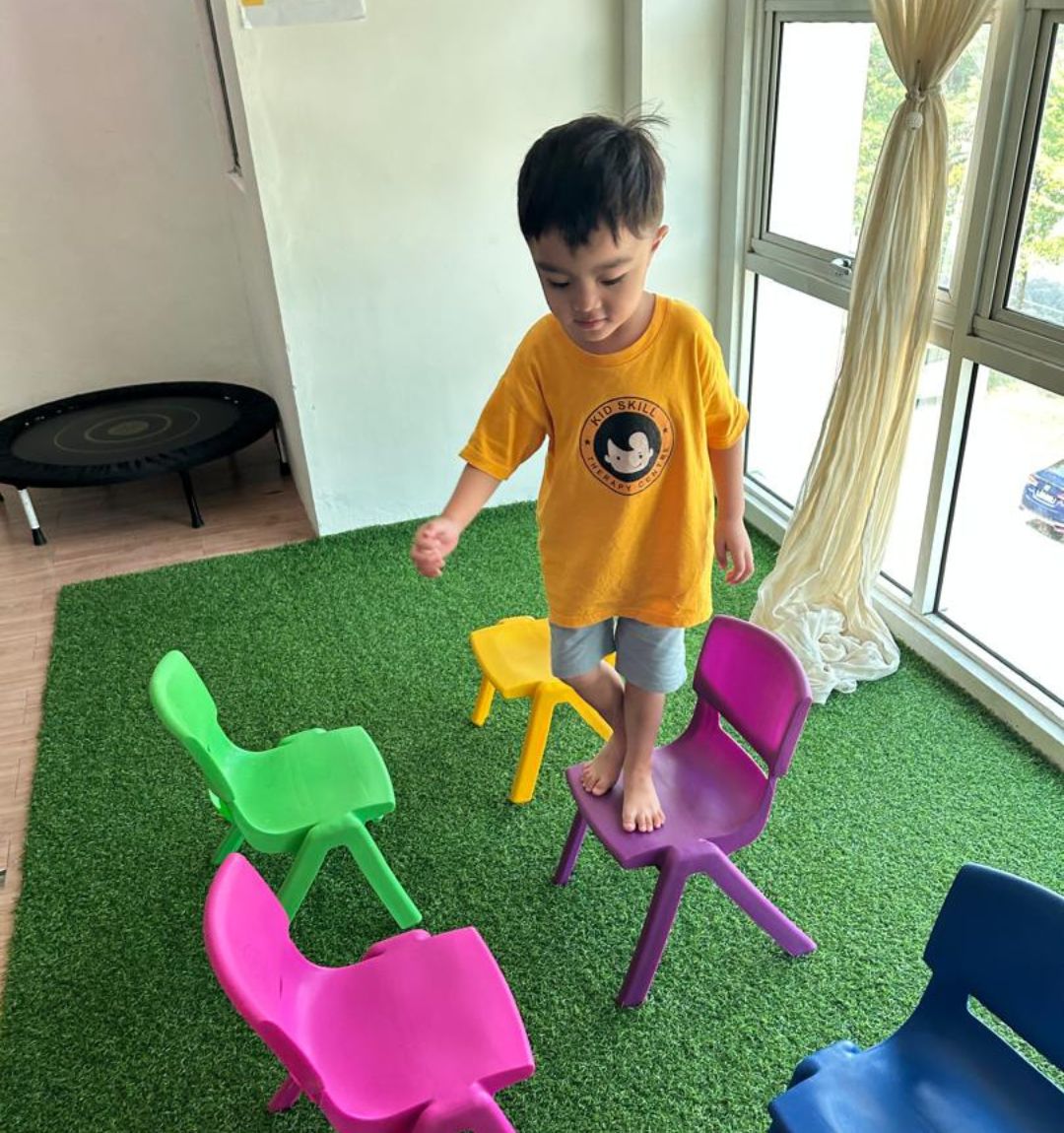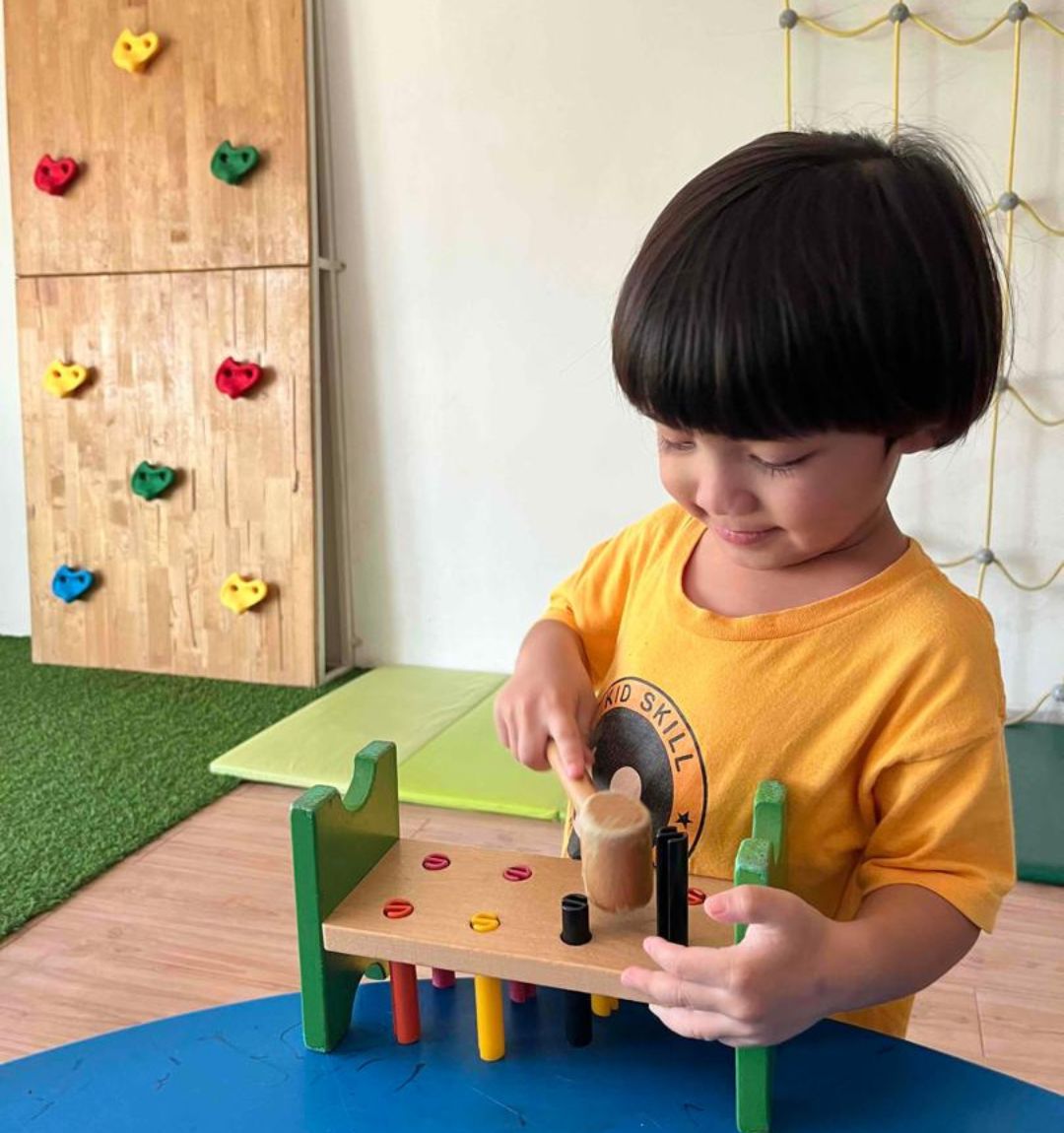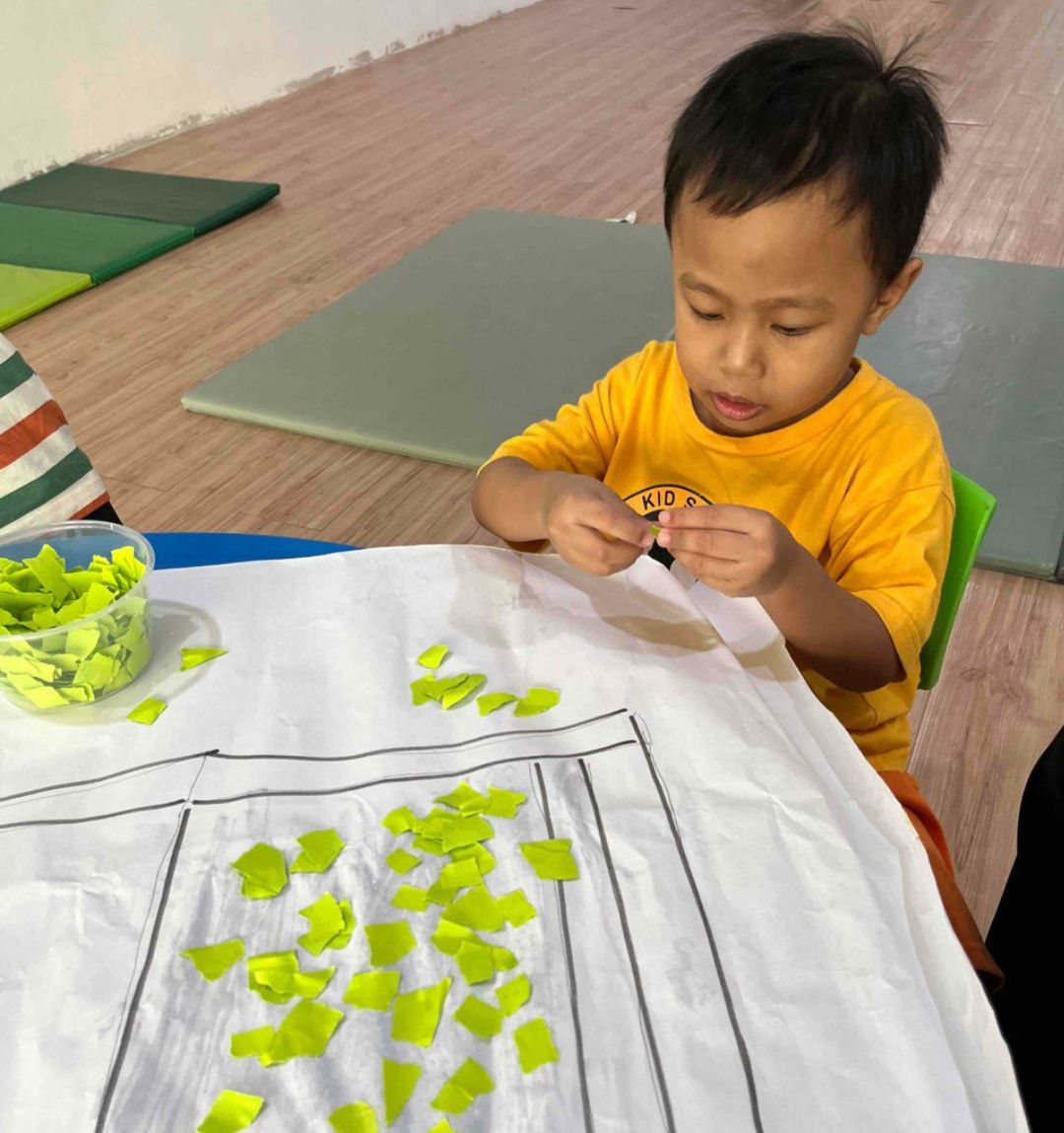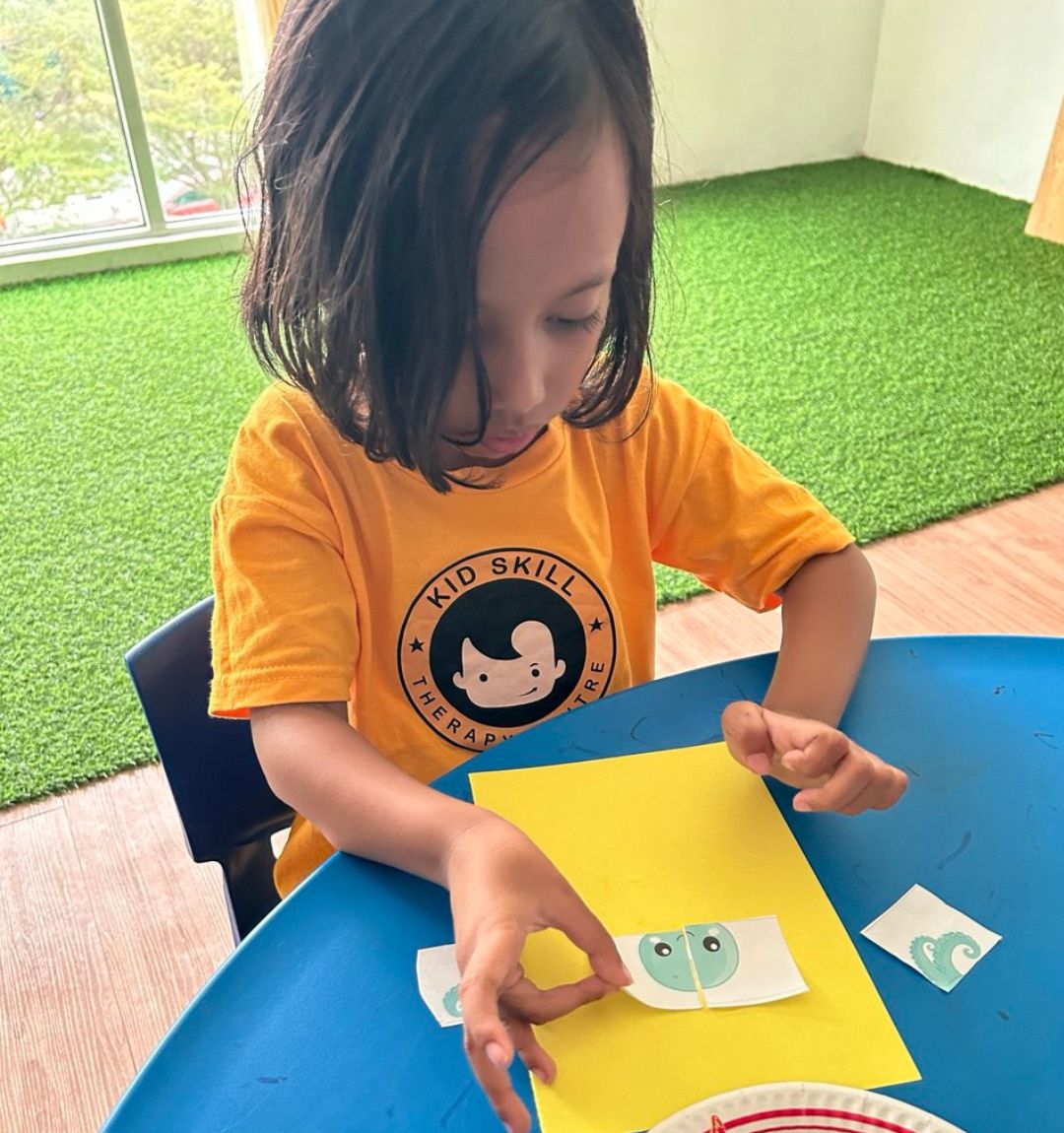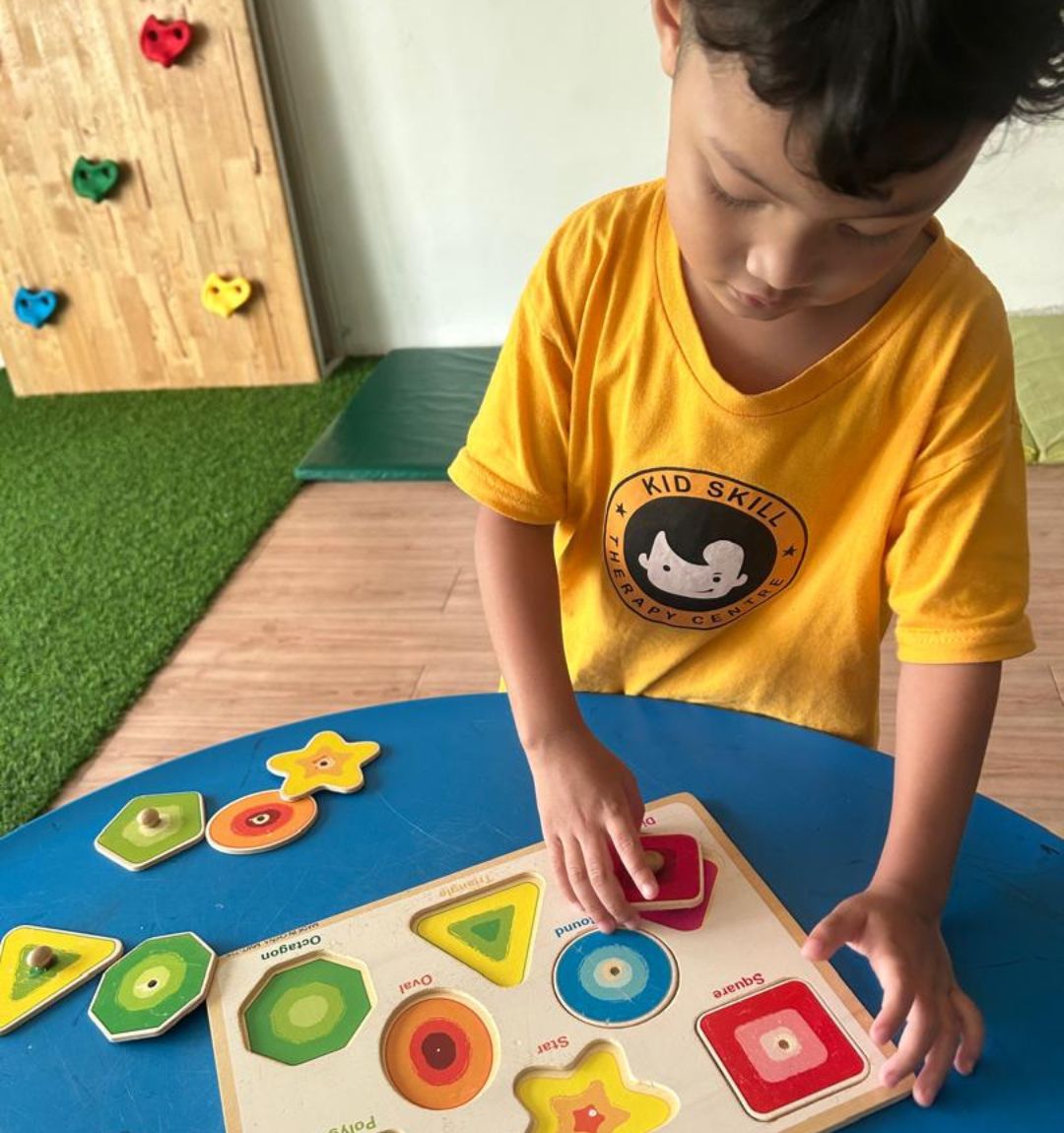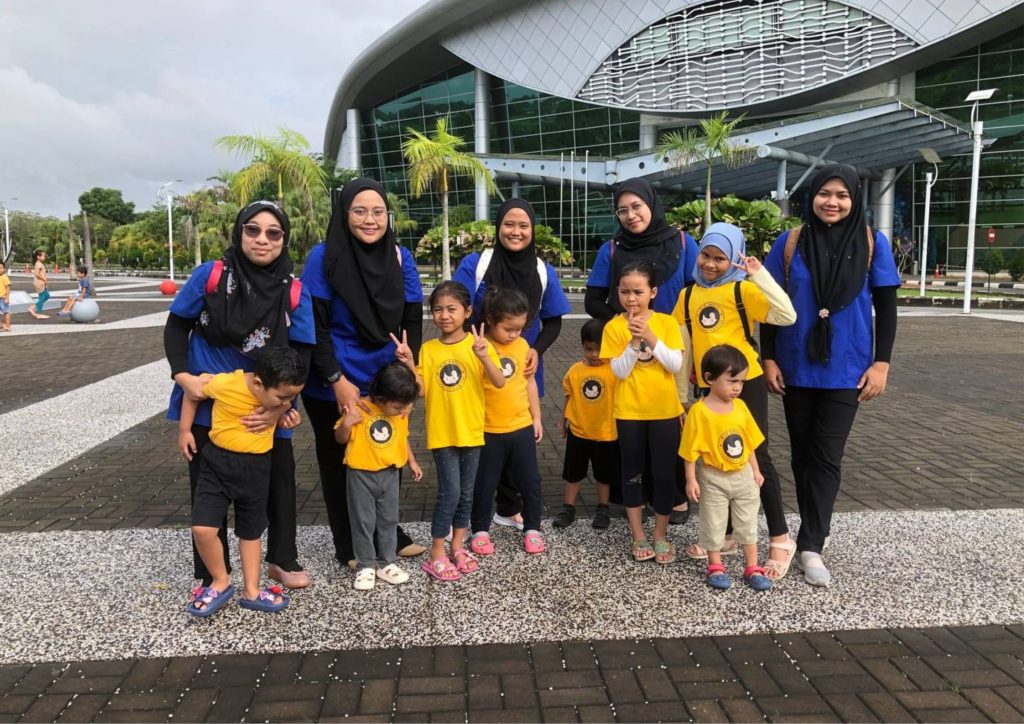
01
Early Intervention Program (EIP)
EIP is program designed for children from 1 - 6 years old. EIP is an intensive therapy that helps toddlers and preschooler:
- Who have delays in developmental milestones and learning disabilities
- Develop basic life skill and basic readiness which are crucial for their social and educational needs
Conducted in a small group to ensure the best quality therapy session with the ratio of 6:2 students and interventionist respectively.
Includes speech therapy, occupational therapy, physiotherapist and early childhood educator to meet your child's needs.
02
Occupational Therapy
We provide service for assessment and treatment for children and adolescent who require special assistance to perform daily activities.
Occupational therapist helps improve:
- Gross motor
- Fine motor
- Sensory integration
- Social interactions
- Self-help skill
- Promoting developmental milestones
03
Speech Therapy
We provide comprehensive assessment and therapy for children and adolescents with speech, language, and communication delays. Our goal is to help every child build stronger communication skills for learning, social interaction, and daily life.
- Strengthening receptive and expressive language development
- Enhancing expressive language (using words, sentences, and storytelling to express needs and ideas)
- Improving speech clarity and articulation for effective communication
- Introducing AAC (Augmentative and Alternative Communication) strategies where needed
04
Sensory Integration Therapy
Sensory Integration Therapy is designed to help children who struggle with how their brain processes sensory information—such as sounds, touch, movement, smell, taste, or visual input.
- 1 on 1 or small group sessions
- Personalized sensory diet and regulation plan
- Close observation of sensory triggers
- Parents guidance for home and school routines
05
Behavioural Therapy
Behavioral Therapy helps children learn how to manage their emotions, follow rules, reduce challenging behaviors, and build healthy habits in a safe, supportive way.
- Identify the root cause behind the behaviour
- Child-friendly strategies
- Teach self regulation skills
- Build routines and consistent expectations
